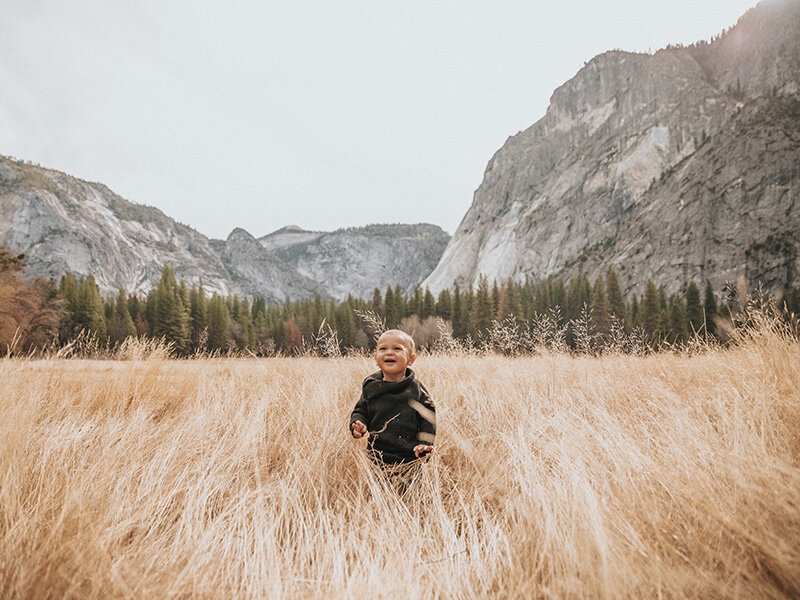Rewilding the Kids
Photo by Nathan Dumlao on Unsplash
A March 2020 post on The Conversation addresses why playing outside should be a post-pandemic priority. Growing up in a world of rapid technological, global and environmental change, the article argues that “they will need to become habitually physically active in order to grow into healthy, resilient adults who can survive and thrive in a changing world”.
The densely concentrated population in the UK has meant that, with extended periods of lockdown over the past year and a half, research is showing that “most children spent less time outdoors, became less physically active, and spent more time in front of screens … In England, children have even bee scolded by police for playing outdoors. And school and nursery closures have inevitable reduced opportunities to play with friends.”
But the pandemic has only exacerbated an existing problem. England’s Children’s Commissioner, Anne Longfield, notes that 2018 results of the Global Matrix 3.0 Physical Activity Report Card Grades for Children and Youth, with results and analysis from 49 countries, found that 80% of youth (aged 11-17) worldwide do not reach the minimum recommendation of 60 minutes of moderate- to vigorous-intensity physical activity (MVPA) per day. This, despite the fact that “accumulating sufficient MVPA is recognized as a key determinant of physical, mental, social, and environmental health”, and that “engaging in insufficient levels of physical activity and not meeting the current physical activity recommendations has been identified as the fourth leading risk factor of premature mortality in adulthood”. Their recent research has found that “only around a third of Scottish primary school children played outside regularly; two-thirds did not have the habit at all” which mirrored the 2018 report on levels of active outdoor play for the 20 countries who reported on the topic.
The analysis of the Scottish study gave complex and varied reasons as to why playing outside was on the decline, including:
· Fear of children hurting themselves or getting dirty
· Stranger-danger
· Sunburn
· Insect stings
· Bad weather
· Darkness
But the same study found evidence that “the vast majority of Scottish children have access to decent outdoor space to play that is close to where they live and generally perceived as safe. Research from across the developed world has shown that the outdoor environment is relatively safe, while the indoor environment is much less safe than many parents think. Besides the online dangers of prolonged screen time, children are sitting around more and moving less. They may be snacking more. And often air quality indoors is worse that outdoors.”
The results from Canada were similar to those from Scotland in the 2018 report: “the reasons so few children regularly played outdoors pre-lockdown are partly to do with the social environment (meaning norms and habits) rather than the physical environment”.
Even more worryingly, 29 countries that took part in the 2018 research do not monitor participation in active outdoor play. The author notes, “the situation may be critical and deteriorating in those countries without anyone noticing. Like extinctions of species – which happen partly because we were not aware of them – important behaviours and habits could also become extinct because we simply don’t see the trends”
The recommendation is that screen time needs to be balanced with “blasts of fresh air and running free without being supervised too closely”:
· Family outings to explore nature
· Making park visits routine
· Encouraging children to play imaginatively outside
· Any kind of creative outdoor play that fosters curiosity, exploration, co-operation, imagination and self-expression
Outdoor play ideas can include:
· Collecting items from nature for a scavenger hunt
· Building forts or dens incorporating inexpensive materials such as branches and old sheets or blankets
· Climbing
· Laying on the grass and looking upwards into the sky to watch the cloud formations
· Making mud pies and sandcastles
· Collecting feathers, petals, leaves, stones, driftwood, twigs or sticks to make creative artworks on large sheets of paper
· Planting a garden or container garden
· Putting on a jacket and rubber boots when it rains and jumping in puddles together
· Getting messy and dirty and then having a bubble bath full of toys afterwards
· Snowshoeing
· Filling a yogurt pot with as many different natural objects as they can find within a set time limit
· Creating a journey stick when going for a walk or hike – first, find a large stick, then, as the child finds new items that interest them, tie or tape the item to the stick. The stick then acts as a storytelling prompt for the child to retell the story of their journey on the return journey or for a parent or sibling once they get home.
· ‘Hug a tree’ – in pairs children take it in turns to be blindfolded while a parent or sibling takes them to a tree. They use their senses to ‘get to know’ the tree. Their guide then returns them to the starting point and they try to guess which tree they hugged.
· Taking pictures of things seen during the outing, to use to make a storyboard at home. Make sure to include pictures of the child engaging in unstructured play to help build memory and self-image of themselves as an ‘active, outdoor person’.
